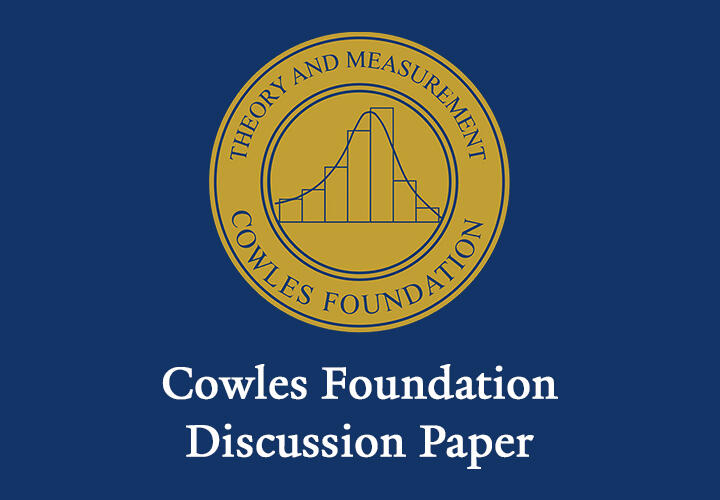Basic page
… Council of Economic Advisors, 1962 … Council of Economic Advisors, 1962 James Tobin, Walter W. Heller, and Kermit Gordon Kermit … President John F. Kennedy … Council of Economic Advisors, 1962 …
Relevance: 39.29578




